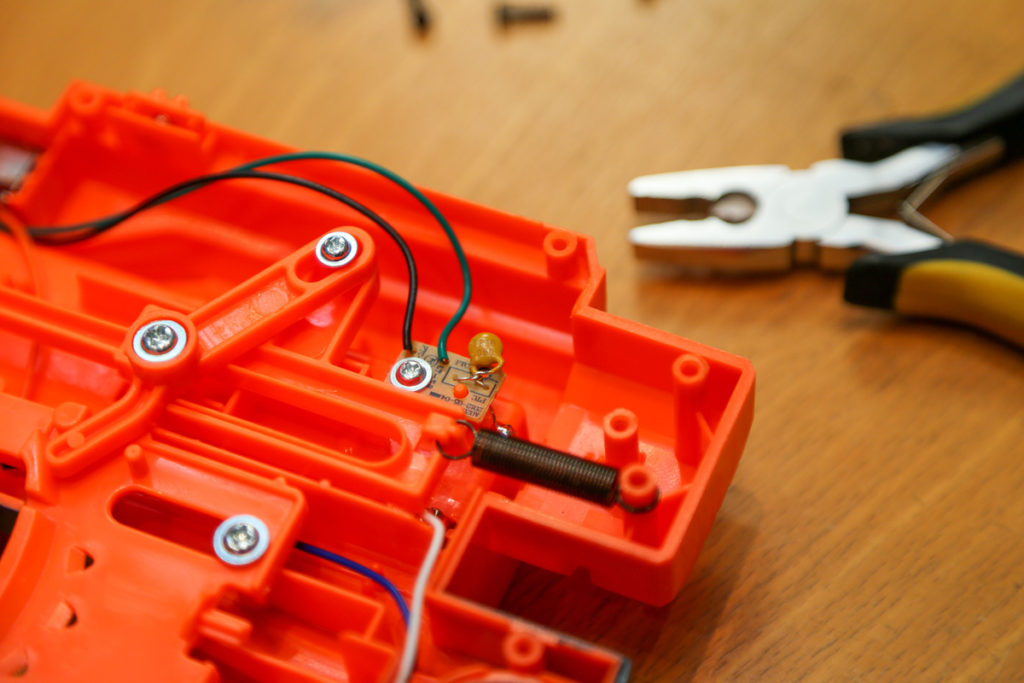Together with our partners, we require your consent (click on "OK") for individual data uses in order to store and retrieve information (e.g. browser information, user ID, IP address) and to process it or have it processed. The data usage is for personalised functionalities, content and ads, content and ad measurements, as well as to ensure the stability and continuous improvement of our systems and to gain insights into product development and target groups. This may include processing your data in the United States. One can also reject consent.
More information on consent and setting options can be found under "More information". Further information on data processing can be found in the Privacy Policy.








